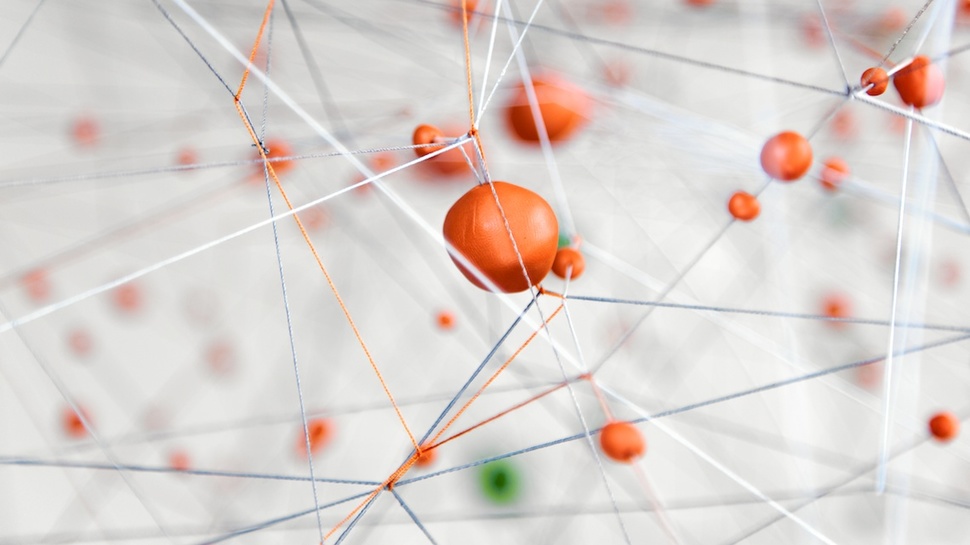In order to protest in a more effective and secure way, it can be useful to coordinate with a group of friends or colleagues in order to act together and take care of one another. Here, we consider some useful tactics for coordinating your action in order to keep yourself and others safe.
Create an affinity group
An affinity group is a small group of fellow protesters or friends who prepare, carry out, and leave the protest together, interacting with the larger protest as a 'unit'. They create their security plan together and divide up roles for the action and for responding in an emergency. Affinity groups are normally of between two and 15 people, i.e. small enough to enable personal sharing and direct trust and care among members. They can be set up for a special activity (e.g. nonviolent action, protests, demonstrations) or form a continuous part of a movement. They can be autonomous, or several of them can form part of a larger group.
If you set up an affinity group, decide on roles (such as facilitator, representative, media contact, medical support, 'good vibe watch', etc) and create a decision-making structure. It's important that your affinity group stay in communication during the action, respond to emergencies together, and leave together. Take the time to plan your action together and check one another's perceptions on security issues. After the action, it is a good idea to leave together and debrief. Ideally, one or two members of the group should have capacities for first-aid and psycho-social care in case of emergencies.
Manage your well-being
In order make our activism sustainable in the long-run, we have to take care of ourselves and each other. Stress, fatigue and trauma are some of the biggest threats to any activist over time. Maintaining your well-being isn't about spoiling yourself. In fact, it is radical, political and crucial for dealing with threats like trauma, cynicism, and burnout. Protesting can be difficult both physically and psychologically, so consider the following before you take action:
- How has your body and mind have tended to react when you reach an unhealthy level of stress? Identify what practices or resources help to bring you back to a healthy state, mentally and physically, and how can you integrate them into your action.
- Foster a culture in your affinity group where you can share your fears and talk about stress and traumatic experiences openly.
- Practice active listening and build solidarity and care for one another.
- During the protest, make sure you have enough access to food and water, and are prepared for different weather conditions. See the next Chapter, Consider What to Bring for more detail on this.
- After the protest, make sure to take time to debrief with your affinity group once you have arrived in a safe location. See Debrief to Evaluate and Learn for more detail on this.
- Make time for whatever sharing and support is necessary for the group, but also take some time alone to process the experience and 'arrive' back into your daily life.
For more on putting well-being at the centre of your security planning, see Section I | Prepare.
Build an inclusive movement
When we talk about security, we're not just talking about protecting ourselves from tear gas. For many of us, security comes from a sense of belonging, solidarity and mutual respect, especially in a context where we may be discriminated against or subjected to violence because of our gender identity, race, sexual orientation, appearance or other factors.
Those of us who suffer from less discrimination, or enjoy more privilege, might not even notice that we are reproducing our privilege and contributing to marginalisation with our actions when we plan or take part in a protest. How often are the positions of influence within our movement held by people from a traditionally privileged group (e.g. cis-gendered men)? The privileges and discrimination we inherit on the basis of our gender identity, race, religion, sexual orientation, economic, social or educational status, or other such factors, are often a product of injustice.
If we want to fight injustice in our society, we have to combat it within our human rights movement as well. Take a look at your group and consider whether you need to more equally distribute responsibilities across these lines. Ifsme parts of the group seem to have all the power, challenge this. Consider giving people opportunities they may have traditionally been denied because of who they are.
There should be zero tolerance for any discrimination, sexual harassment or violence within your movement. Make it clear that anyone who engages in these acts will be punished or may be removed from the movement as a result. These issues are never material for a 'light-hearted' joke. Be aware that people who face discrimination might also need special protection measures or active inclusion during protests. Raise this issue when making your security plan and consider your tactics in light of it.
